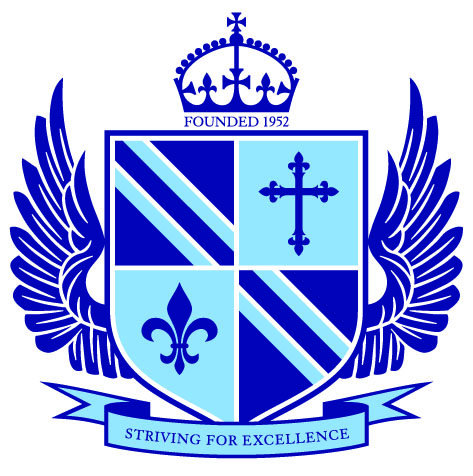Science
In Years 10 and 11, all students study a GCSE course in Science. This leads to a GCSE in Science and a GCSE in Additional Science. Students may also choose Triple Science, which leads to three separate GCSEs in Biology, Chemistry and Physics.
All courses are designed to allow students to progress through the levels of the National Curriculum at a pace suitable to their abilities. Individual and group practical work forms a central part of all courses to help foster a spirit of enquiry and involvement in the learning process.
GCSE Combined ScienceStudents will complete a GCSE Combined Science. They will receive two GCSE grades for this (unless they are studying Triple Science). SPECIFICATION LINK: J250 COURSE INFORMATION: OCR GCSE Combined Science (601/8687/2) Students will study:
During the course they will cover a series of practical activities. The skills developed through the course will be assessed in the examination at the end of the two-year course. ASSESSMENT STRUCTUREThe assessment of combined science falls into two main categories.
|
GCSE Triple ScienceStudents complete extra content from each module, which together with the compulsory content taught during combined science lessons (see earlier entry) will lead to three separate GCSEs in Biology, Chemistry and Physics. This course has been designed for students who will gain a level 6 or more in their Y9 tests and, therefore, acceptance on the course will be on condition that this criterion has been met. SPECIFICATION LINK: Biology J247, Chemistry J248, Physics J249 COURSE INFORMATION: OCR Biology A (601/8589/2), Chemistry A (601/8663/X), Physics A (601/8651/3) ASSESSMENT STRUCTUREGCSE Biology (one GCSE) This course is covered by studying six modules during the two-year course. GCSE Chemistry (one GCSE) This course is covered by studying six modules during the two-year course. GCSE Physics (one GCSE) This course is covered by studying eight modules during the two-year course. The assessment of separate sciences are as follows:
|
